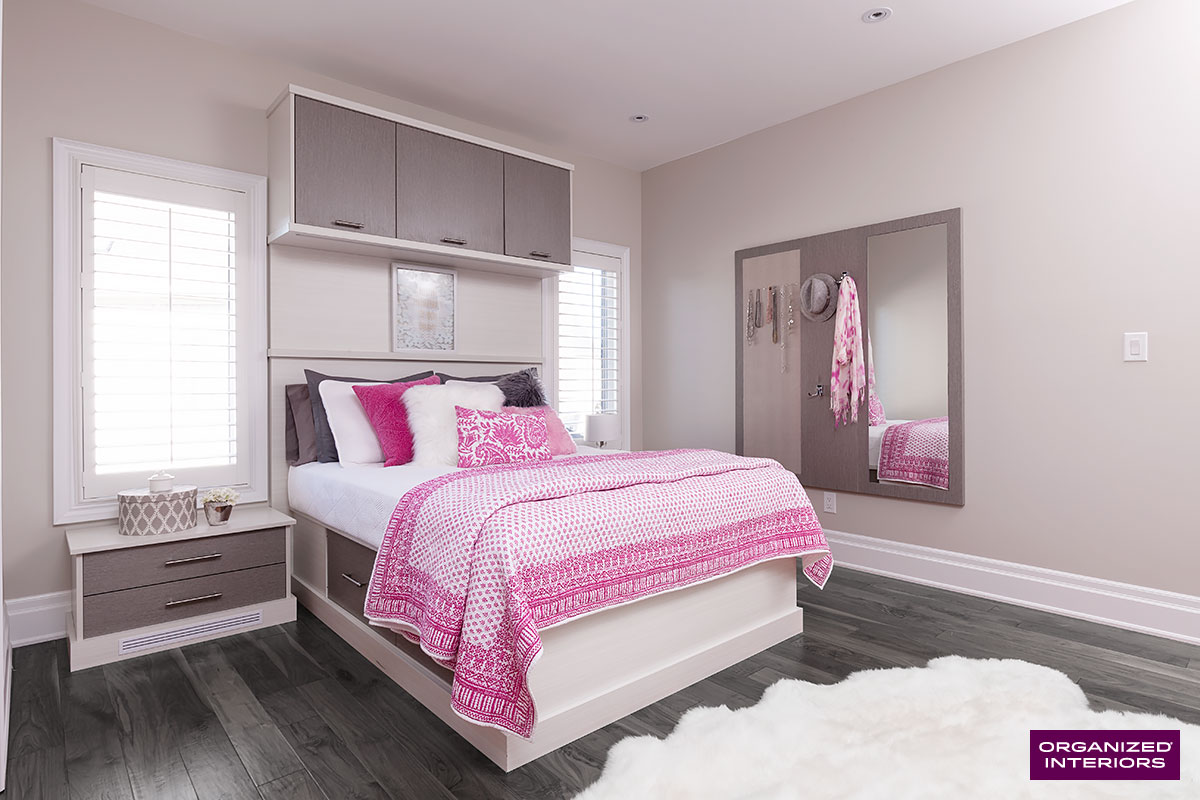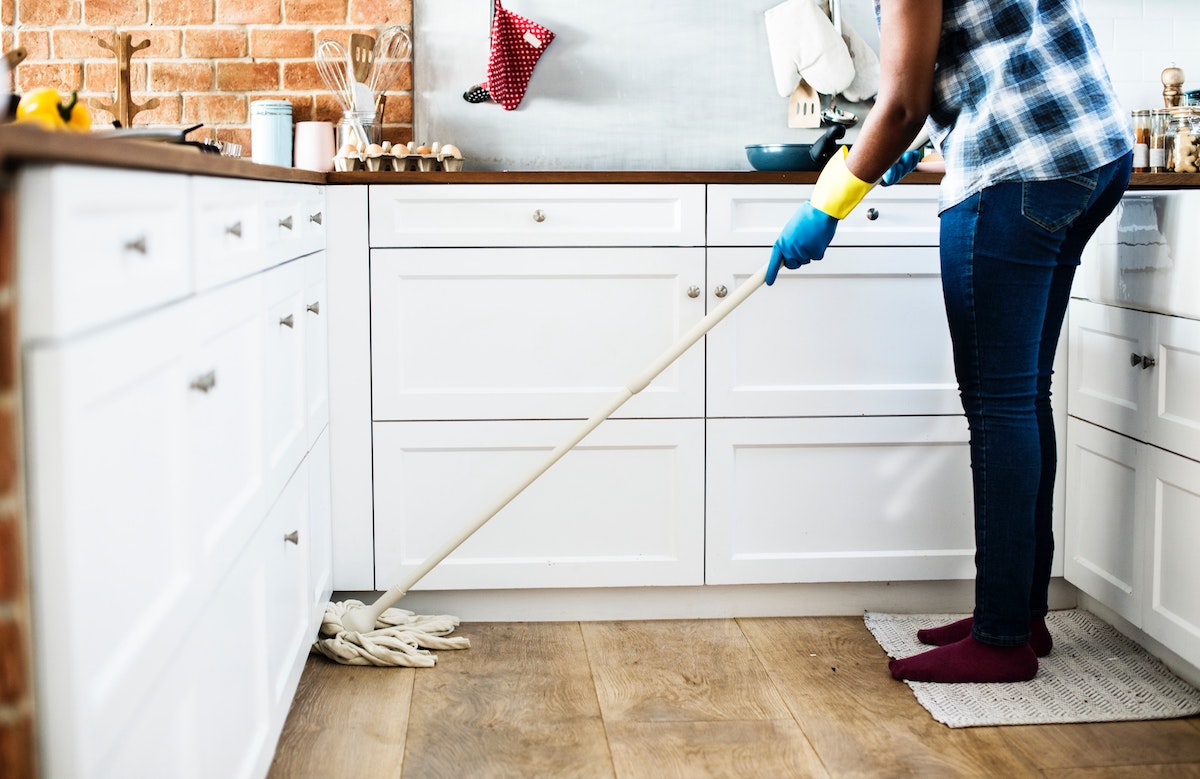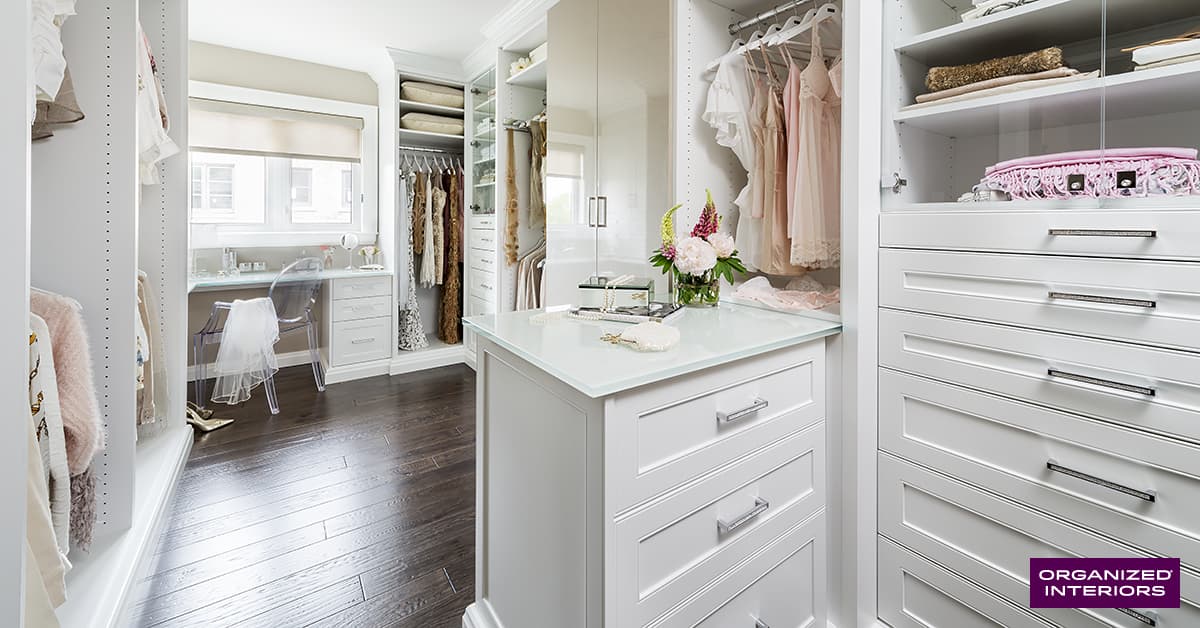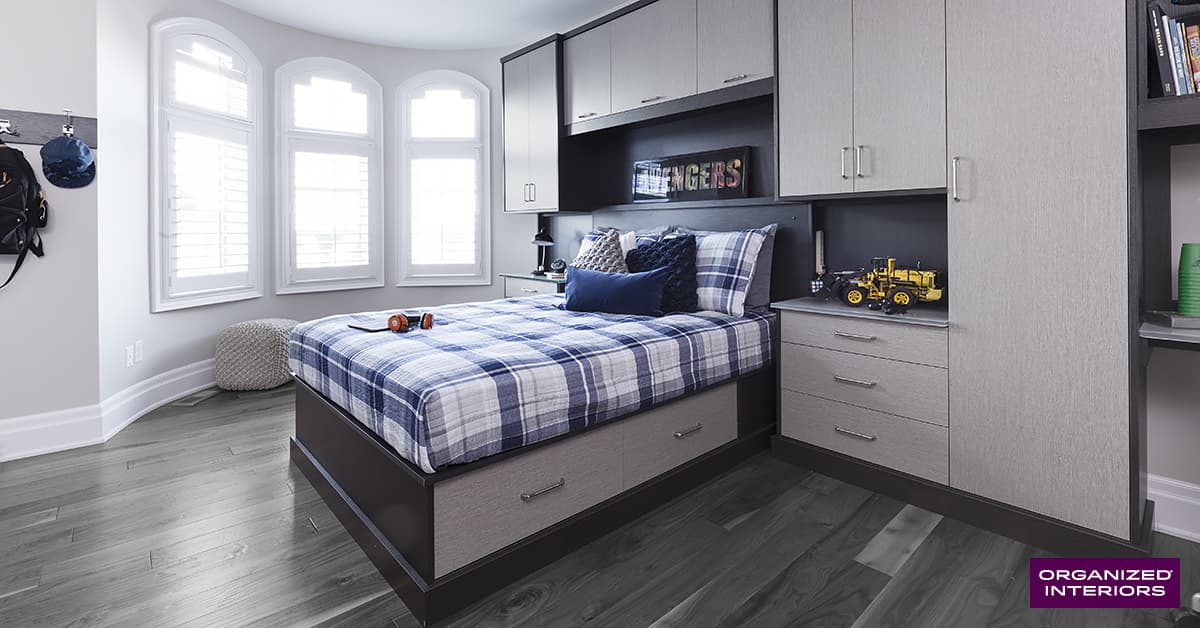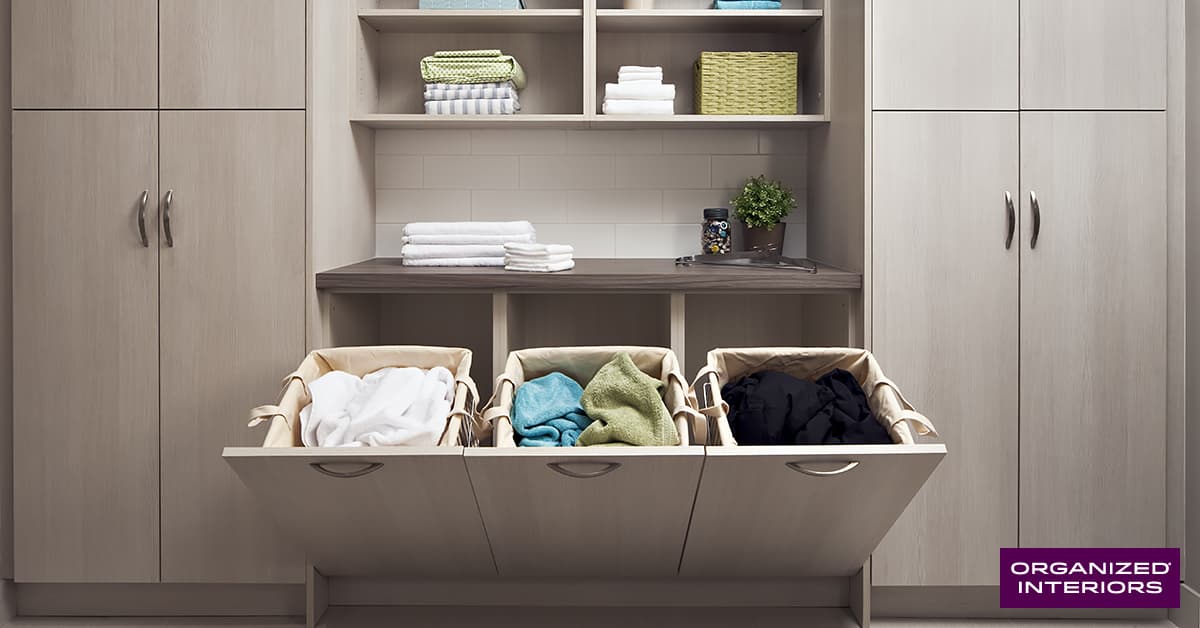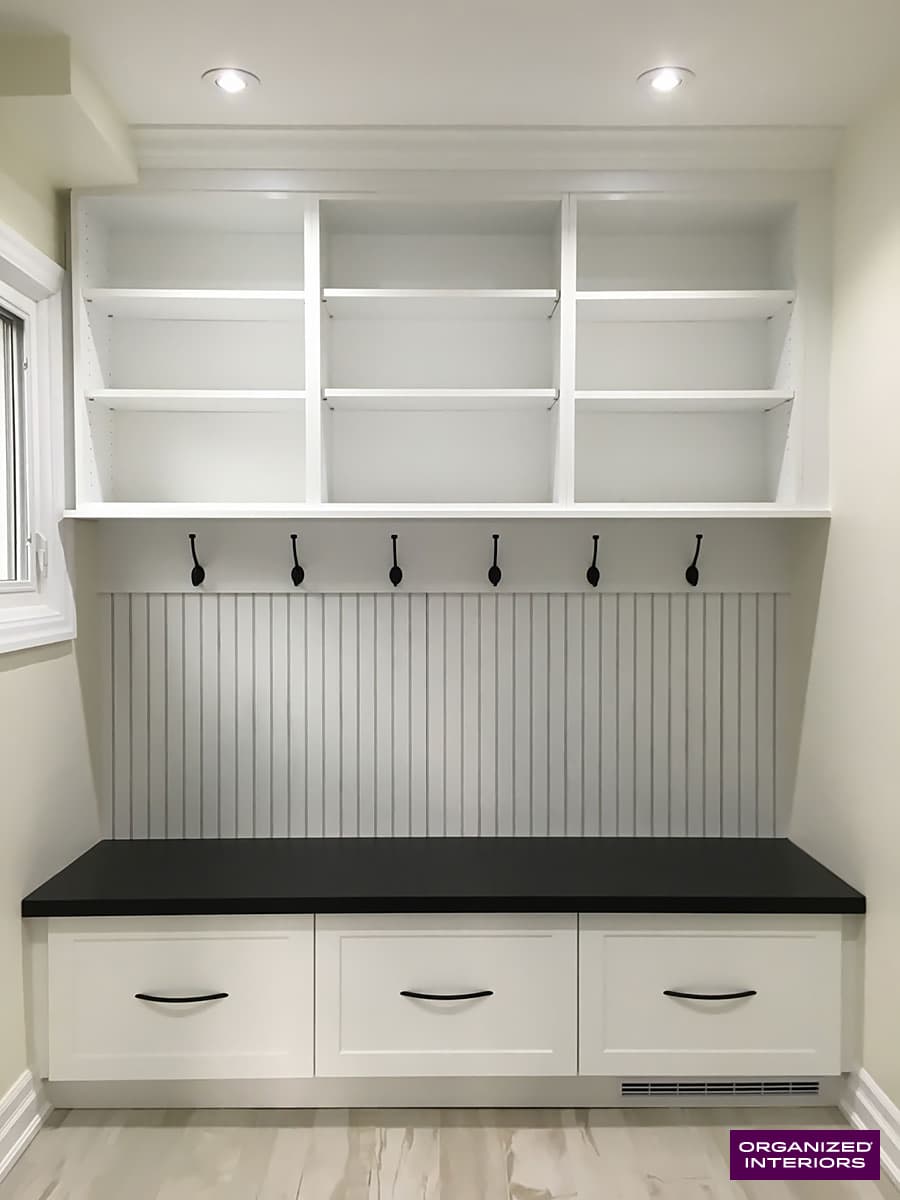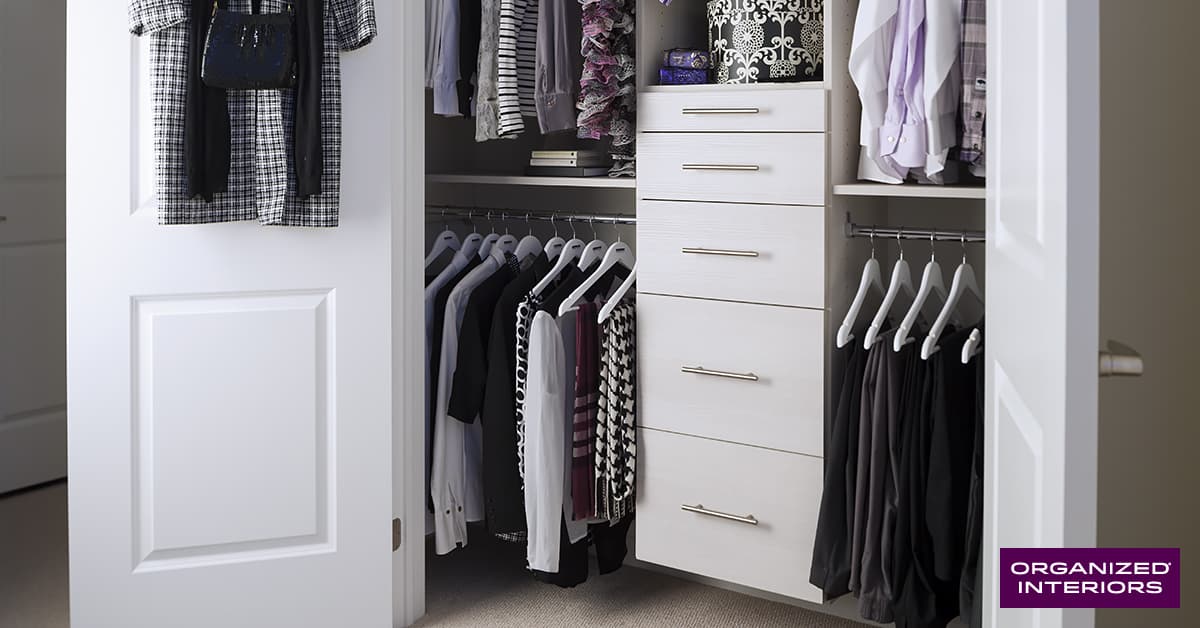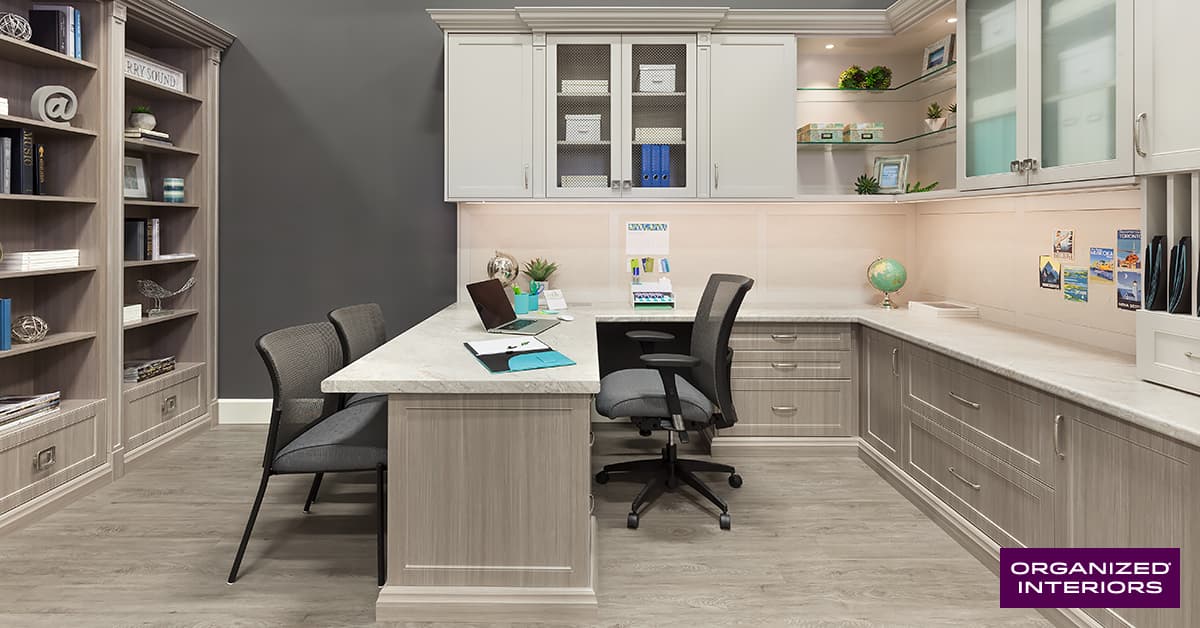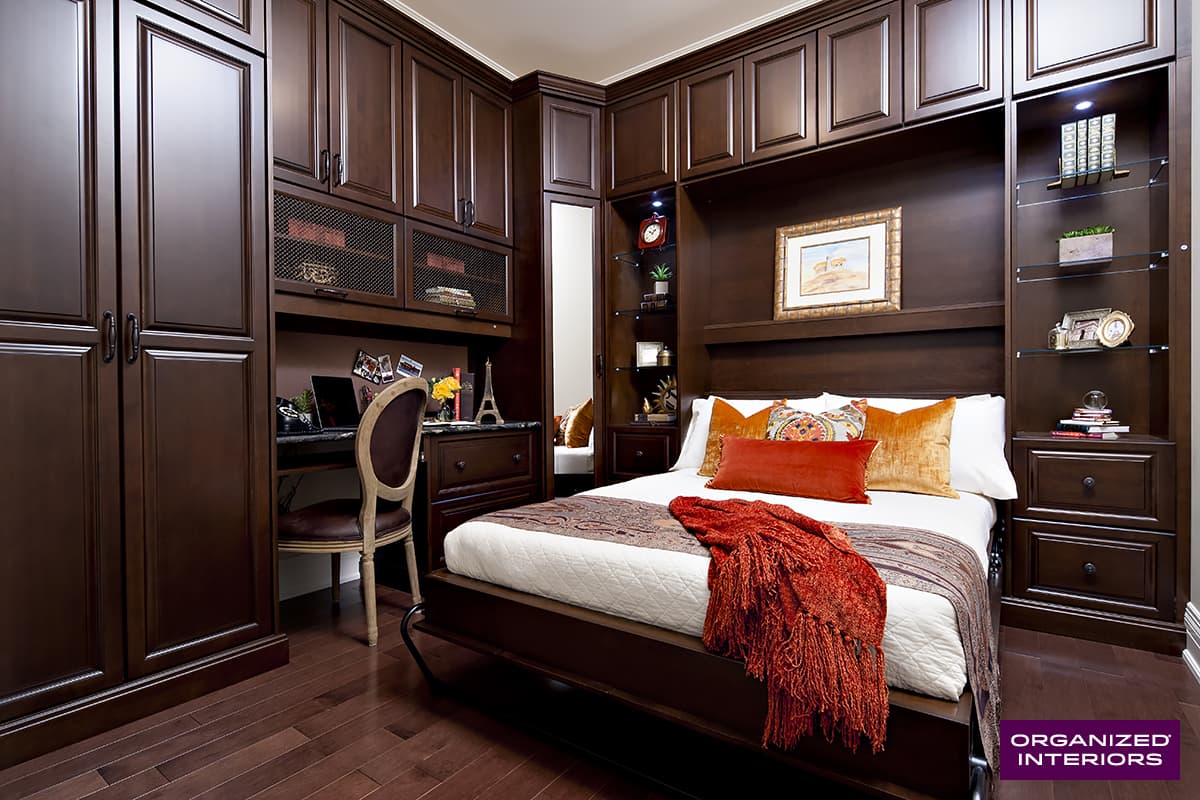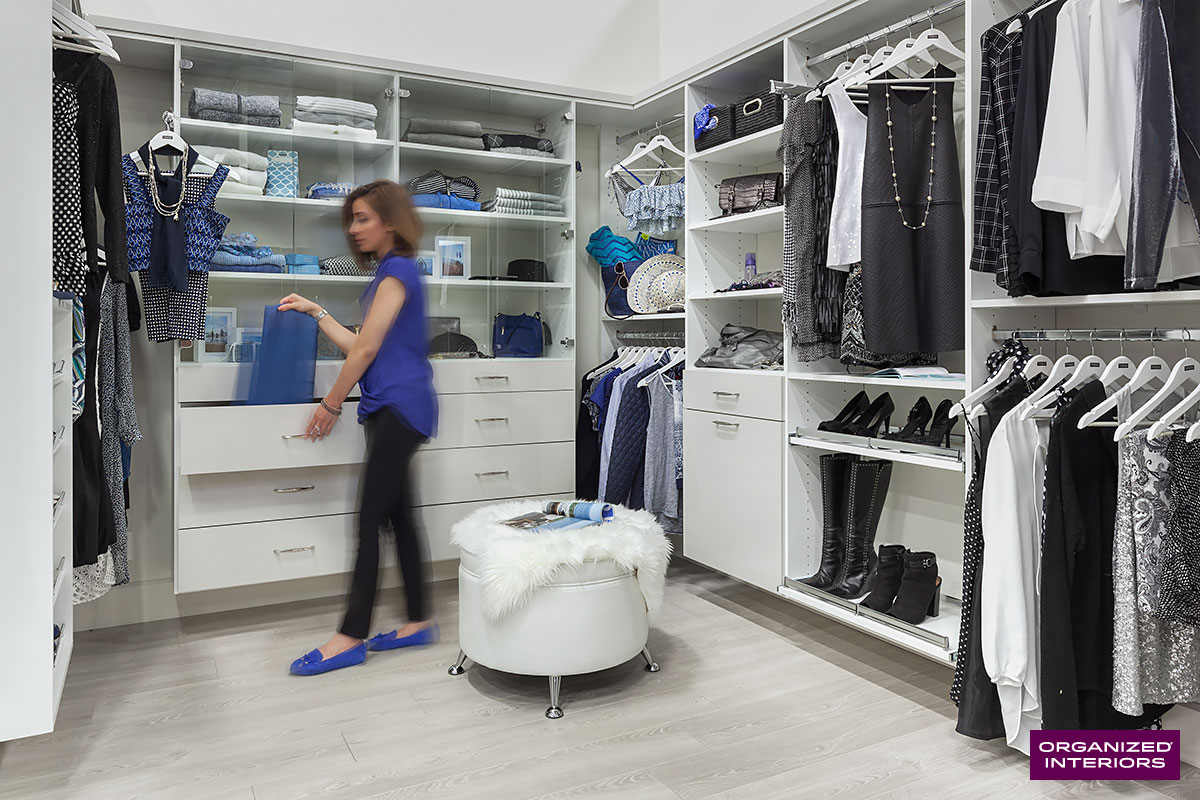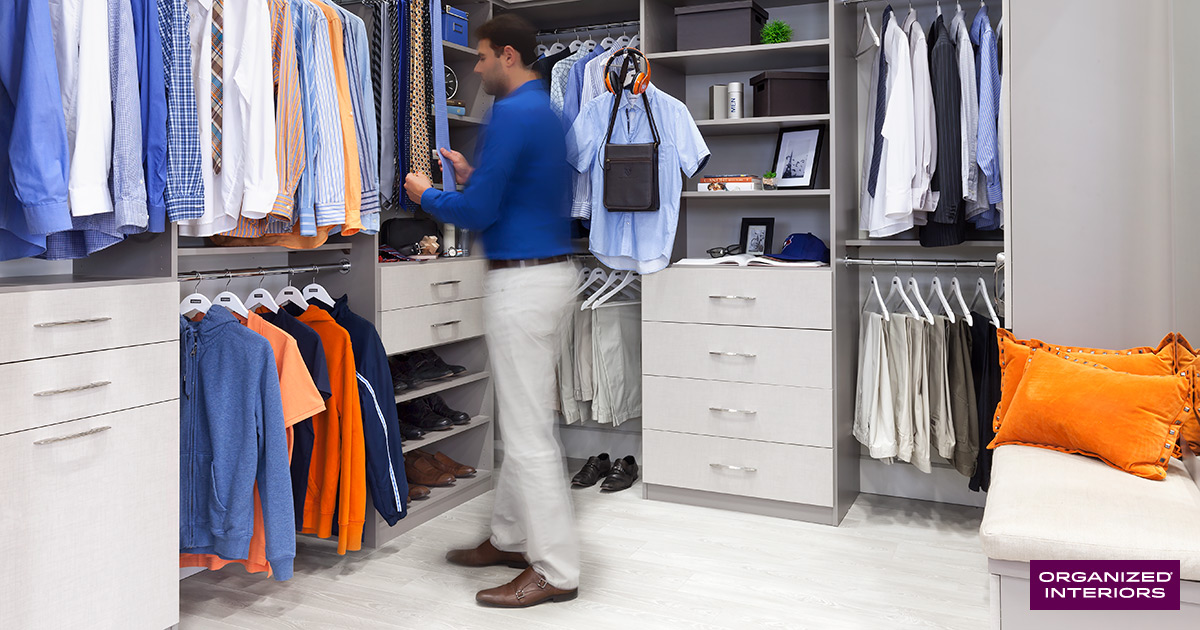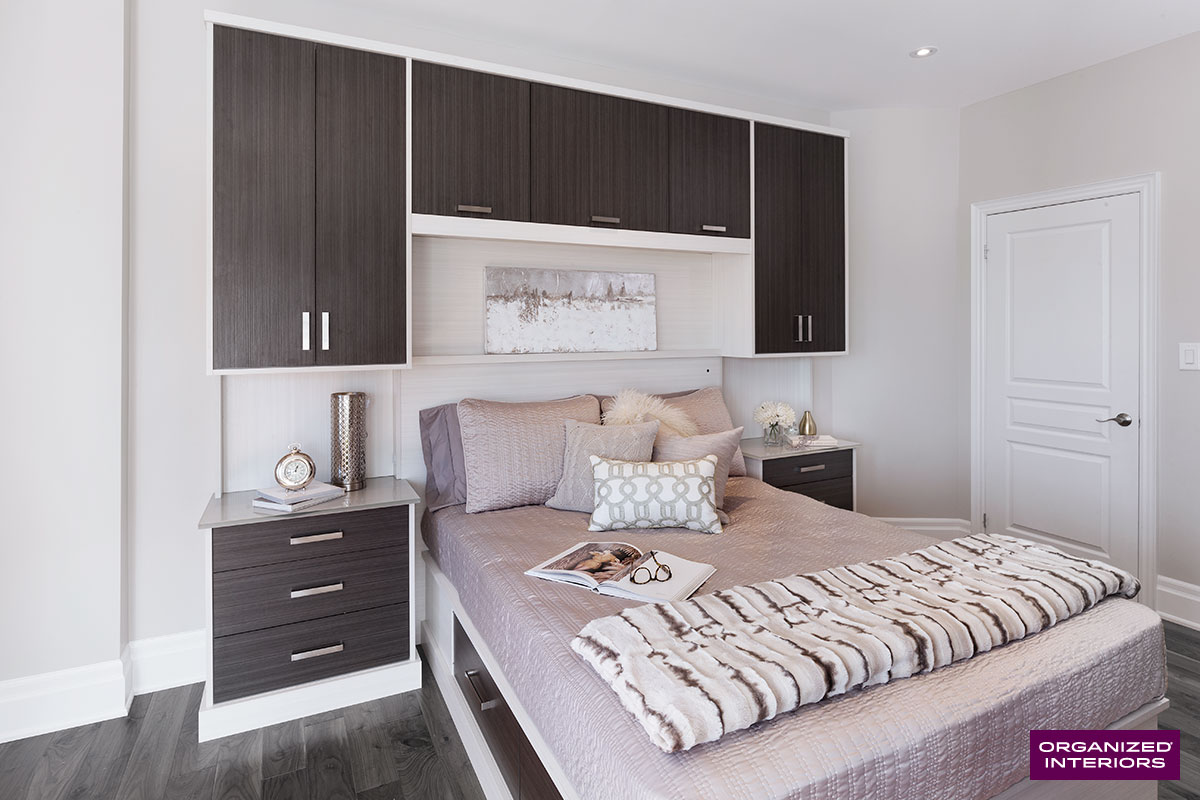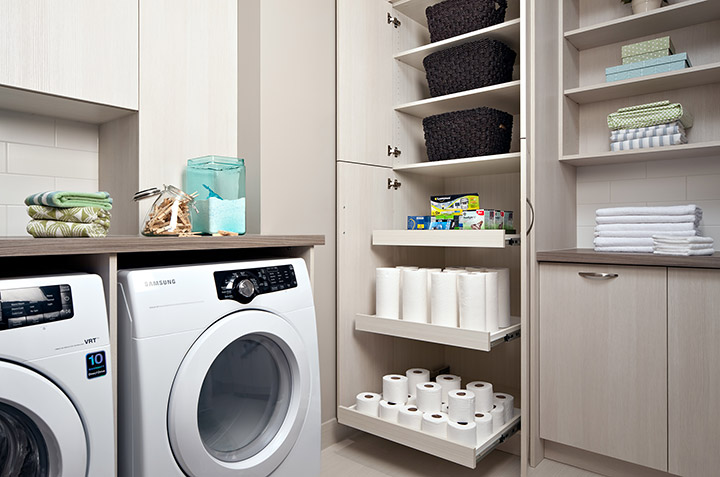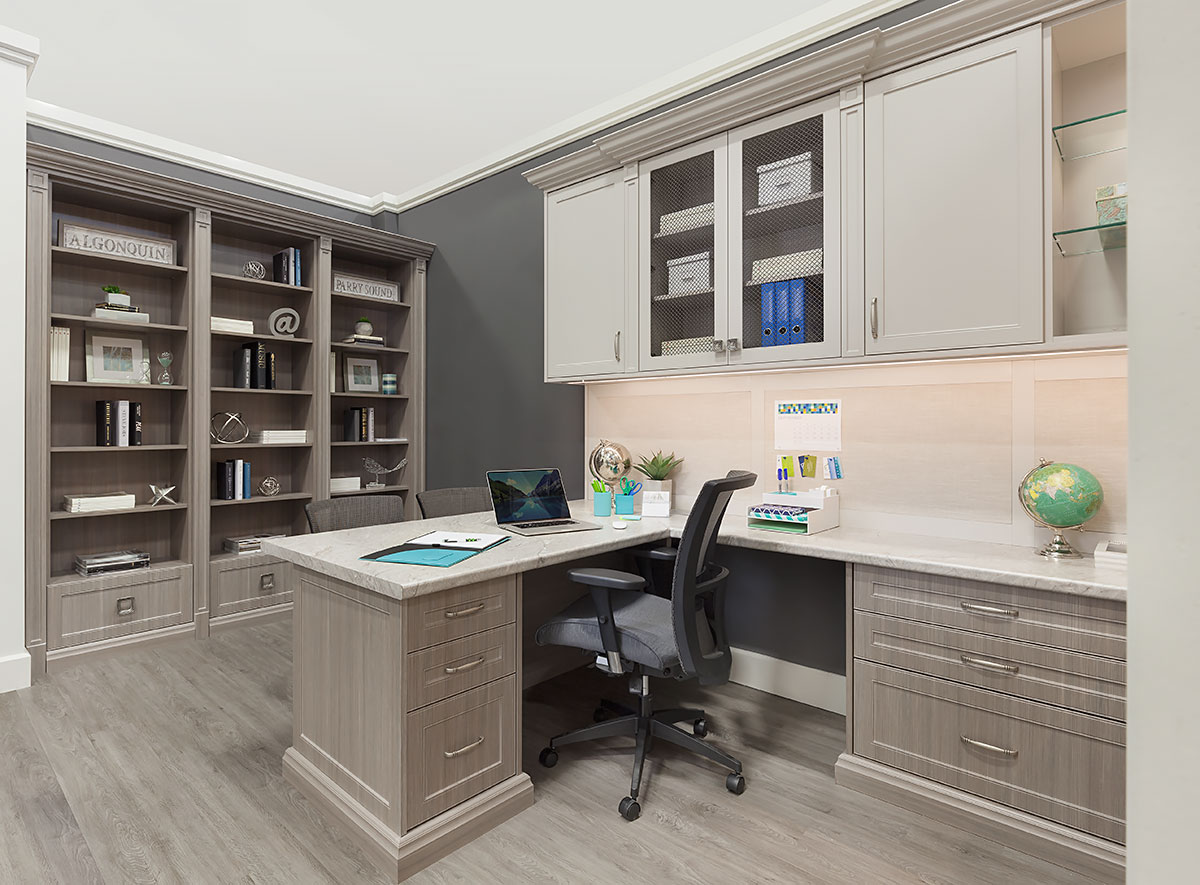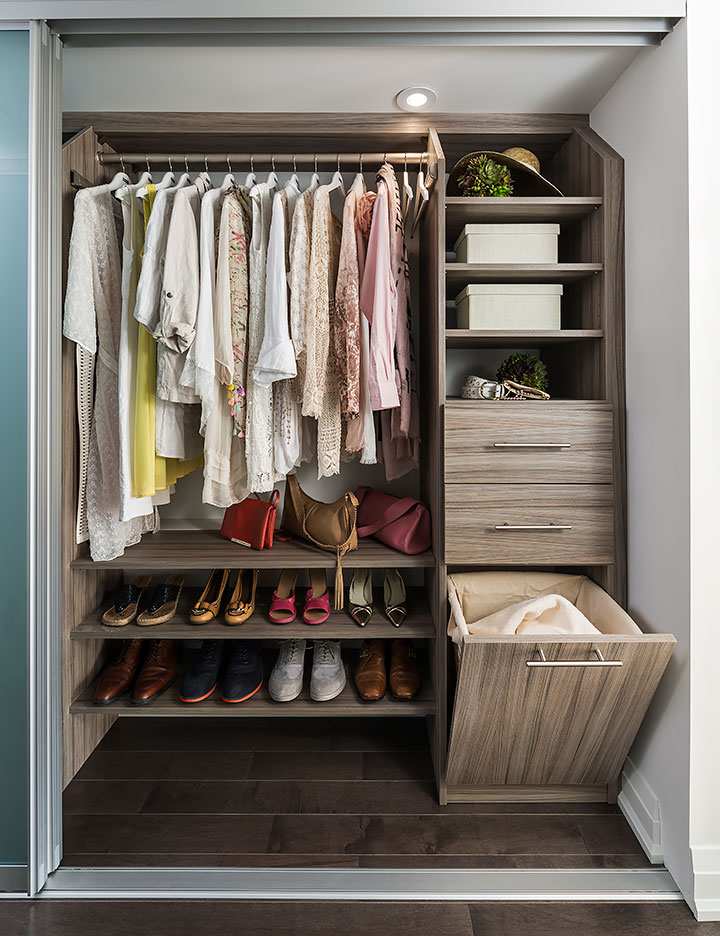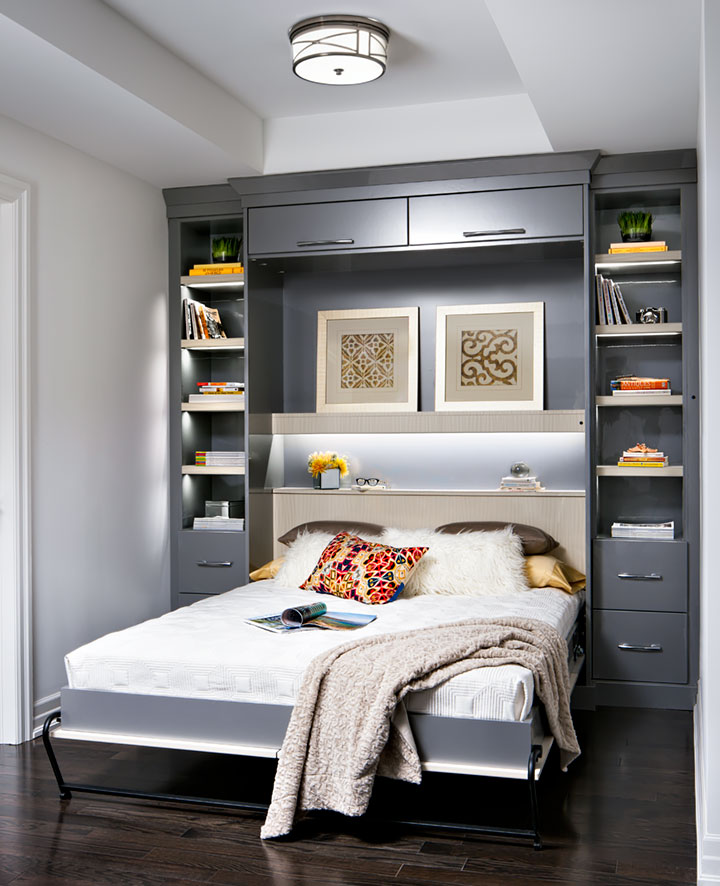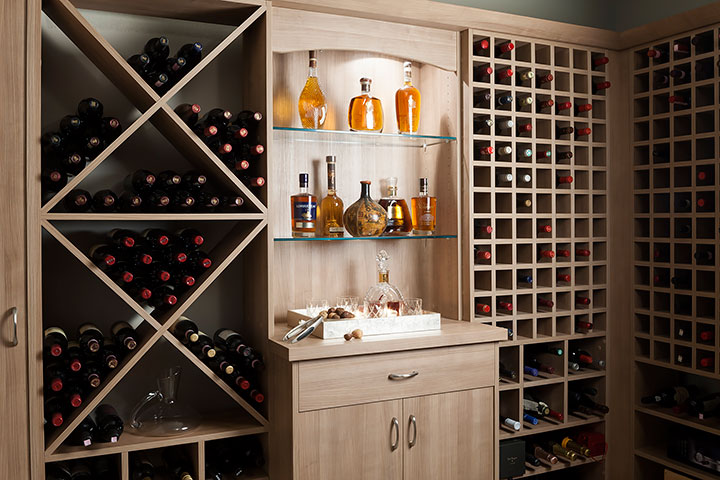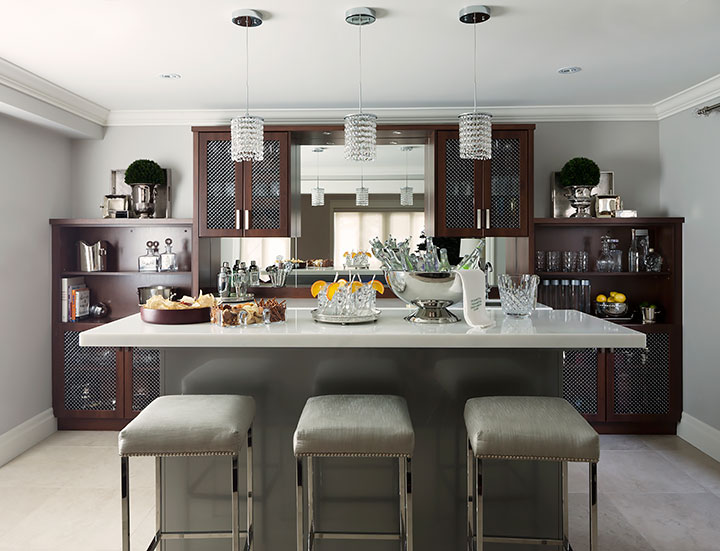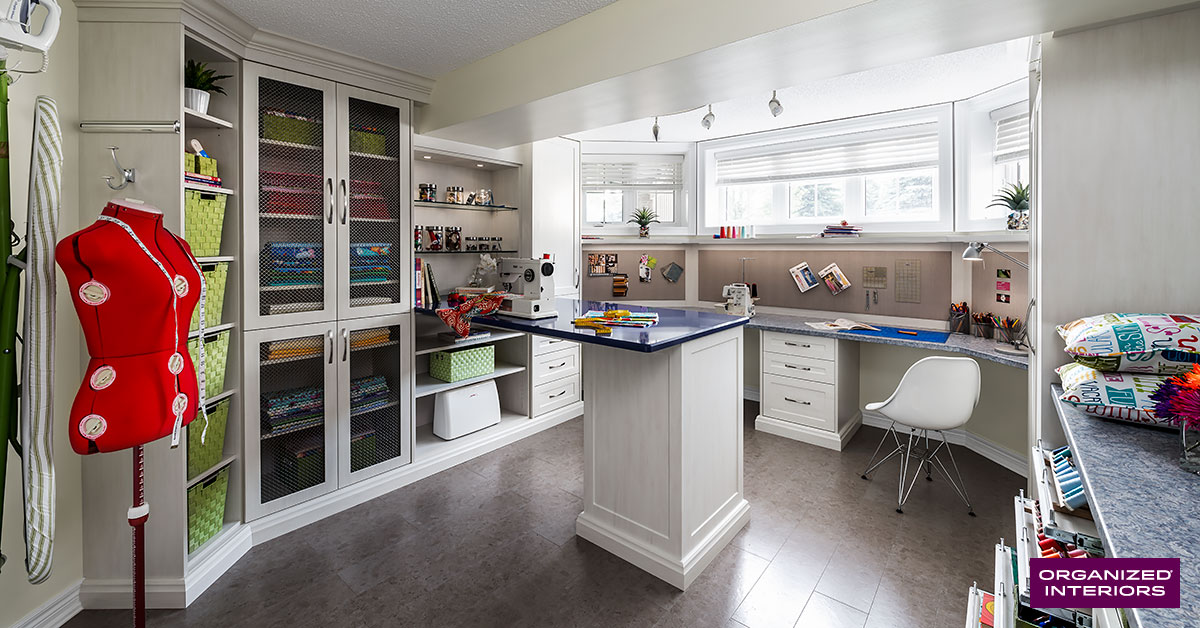For many homeowners, the arrival of high temperatures means they simply close their windows and turn on the central air conditioning.
You might be surprised, however, to learn that air conditioning in Canadian homes isn’t as common as you might think.
Statistics Canada’s most recent data from 2017 shows that only 42% of households in this country have central air conditioning. Overall, just 60% of Canadian homes use any type of A/C.
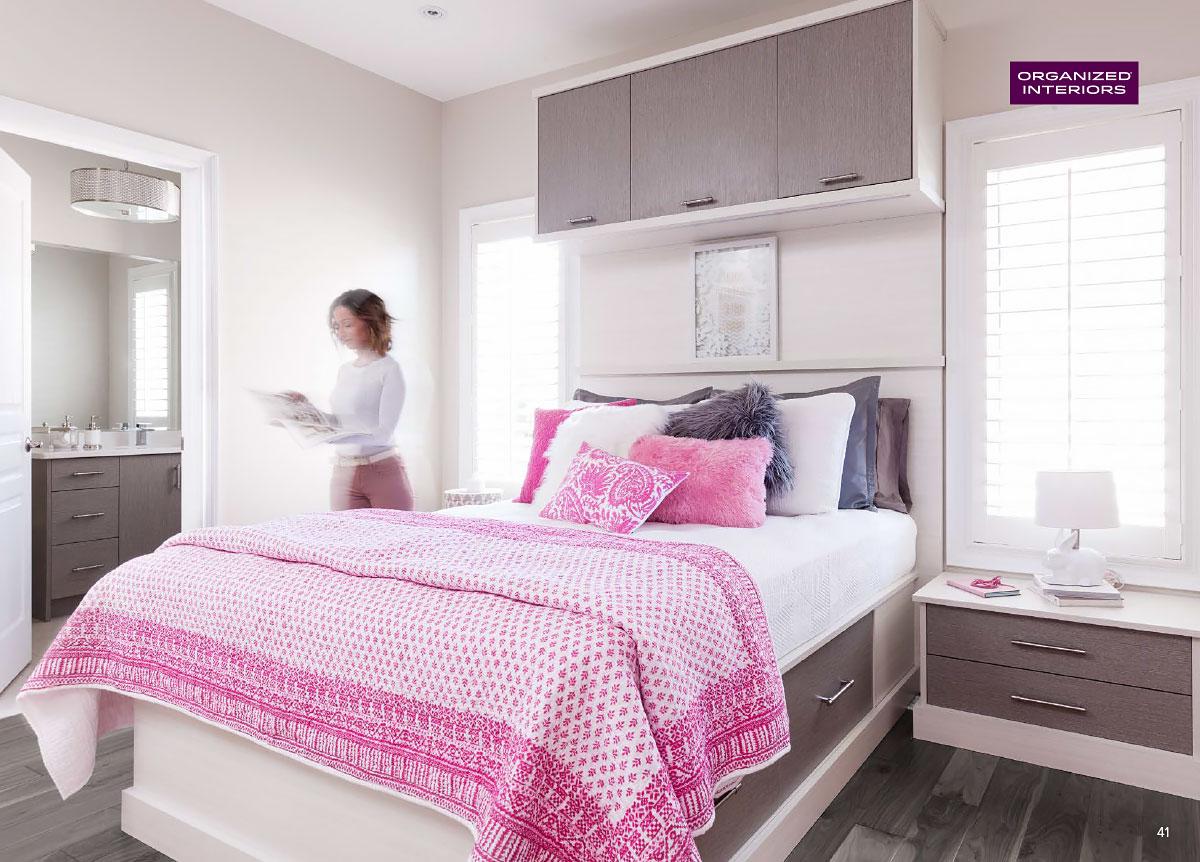
Smart home cooling tips everyone should know
If you don’t have portable, window-mounted, or central conditioning, or the A/C system you rely on isn’t working properly, you’ve undoubtedly made use of various home cooling tips and tricks to beat the heat and humidity.
Some of those tips may be included below and perhaps a few of them will be new to you. These home cooling tips aren’t just for the air condition-less, though.
They can also be used in conjunction with your air conditioning. Obviously, relying less on the A/C reduces your utility bill. There are other notable benefits to using these home cooling tips even if you do have A/C, such as if you:
- are eco-conscious and want to lower your carbon footprint
- have an older home with less effective cooling airflow distribution
- only have a portable or window A/C unit
- own a cottage with a limited amount of A/C or no A/C system
Try these seven home cooling ideas to increase your comfort level when it heats up.
1. Cover the windows
Allowing natural light in during the day is nice. Unfortunately, rooms in direct sunlight heat up quickly on hot and sunny days.
Research from the U.S. Department of Energy estimates that 76% of sunlight that hits standard double-pane windows becomes heat when it enters a home.
West-facing and south-facing windows bear the brunt of the sun’s heat from late in the morning until the early evening. That heat also gets retained by most items in a room that are exposed to sunlight, including carpets, rugs, furniture, and clutter.
Keeping windows that directly face the sun covered during a portion of the day is the easiest and most cost-effective way to keep your home’s inside cooler.
Using external shutters or another type of exterior window covering will be most effective at keeping the sunlight out. For interior decorative room cooling options, use insulating curtains, thick drapes, thermal shades, infrared heat reduction window film, or solar screens.
You could also bolster your efforts to limit the amount of direct sunlight entering your home by creating more exterior shade with an awning or exterior foliage.
2. Make home energy efficiency upgrades
One of the best home cooling tips you can follow is to make as many upgrades as possible to boost your home’s energy efficiency and lower your utility costs.
We already mentioned using thermal window film to reduce the sun’s heat inside your home. An even better solution is to upgrade to more energy efficient double or triple-glazed windows, skylights, and doors that are Energy Star-certified.
If it’s been many years since your home’s insulation was installed, it’s worth exploring whether or not it’s time for an insulation upgrade. Don’t forget about the garage, which is a commonly overlooked room when it comes to insulation installation in houses.
Minimizing the number of air leaks around your home will go a long way towards making it more energy efficient. Properly applied weatherstripping and caulking and foam sealants around your doors and windows are effective (and cost-effective) at reducing drafts.
All of these upgrades, in addition to ensuring you have adequate attic venting and insulation, will lower your energy usage year-round by minimizing your home’s transfer of hot and cold air.
While these home energy efficiency upgrades may require a not-insignificant financial commitment now, they’ll pay long-term dividends for as long as you remain in your house…and even beyond that if you sell, because they add to your home’s value.
3. Use your fans more efficiently
Yes, there actually is a right way and a wrong way (or at least a less effective way) to use a fan.
Because fans move a room’s air around more than actually cooling it, using them properly will increase their efficiency.
Let’s start with your ceiling fans. In the summer, a ceiling fan’s blades should be rotating counterclockwise at a high speed, which creates an updraft cooling effect. During the winter, reverse the direction the blades rotate and use the fan’s lowest speed setting.
Strategically setting up two fans in a room can create a pleasant cross breeze. A box fan placed in an open window that’s blowing outwards will suck out a room’s hot air. If the air outside is cooler than the inside air, some of that cooler air should be drawn in, too.
Here’s another fan cooling trick that works – place a bowl in front of fan that’s filled with ice (or some ice packs) to create a chilling breeze.
If you’re not using the A/C at all, even running your kitchen and bathroom fans for a little while will help to expel some of the hot air in your home.
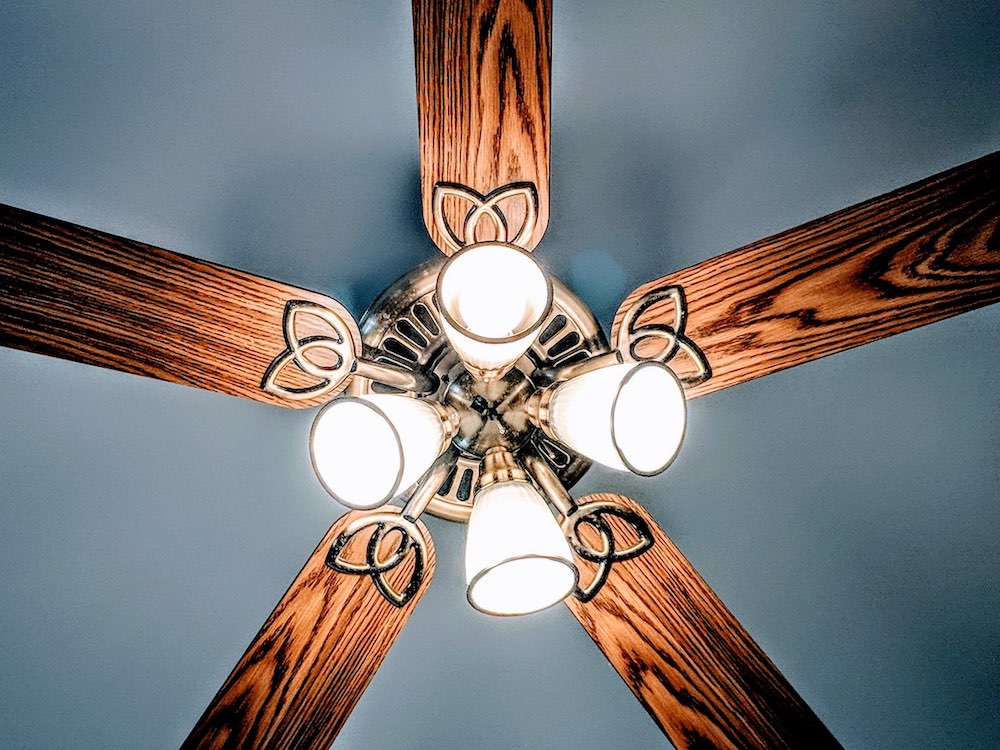
Make sure your ceiling fans are rotating counterclockwise at a high speed during the summer.
4. Declutter
Just as the sun’s heat is absorbed by furnishings near windows, excess clutter in rooms does the same thing.
Darker coloured clutter (including clothing piles and dark storage containers) left in direct sunlight will absorb and transfer more heat.
Uncluttered rooms allow air to circulate more freely through a home. That makes fans and your home’s central heating and cooling systems work more efficiently.
Having less clutter in a room makes it feel less stuffy and boosts your comfort level and ability to be more productive in the space.
Also consider that cooling down an unused spare room in a home that’s running air conditioning wastes money. Think about making that room more functional by decluttering and turning it into a:
- home entertainment room
- exercise room
- wine room
- home office
- craft room
5. Use a dehumidifier
“It’s not the heat, it’s the humidity.” You’ve heard that line before and it’s true.
High humidity makes you feel more uncomfortable than you feel in high, drier heats because the air around you has more moisture. That makes the air less effective at absorbing the sweat you release (not unlike how a saturated sponge is less absorbent).
Running a dehumidifier won’t cool a room better than air conditioning, but it can be used in tandem with it or by itself to get a room feeling more comfortable when it’s muggy. An ideal relative humidity level is between 40-50%.
Note that dedicated humidifiers tend to be more efficient at reducing a room’s humidity compared to using the dehumidifying function on most portable A/C units.
Another benefit of using a dehumidifier is that it minimizes the likelihood of allergens, mould, and mildew from forming in your home.
6. Minimize usage of home heat sources
One of the most common-sense home cooling tips we can offer is to simply cut off the heat that’s being generated in your home at the source.
Instead of using your oven to make dinner, fire up the barbecue. Use a slow cooker or the microwave as alternatives to oven cooking that will generate less heat in the kitchen.
Running the dishwasher and using the appliances in your laundry room later in the day when it’s cooler is smart, for both heat-reducing reasons and because electricity rates are cheaper.
If anyone in your house is taking a hot shower, be sure the bathroom’s fan is running to expel the heat and moisture in the room.
And if you’re still clinging to those incandescent bulbs, switching to energy efficient CFL or LED bulbs will generate less heat, too.
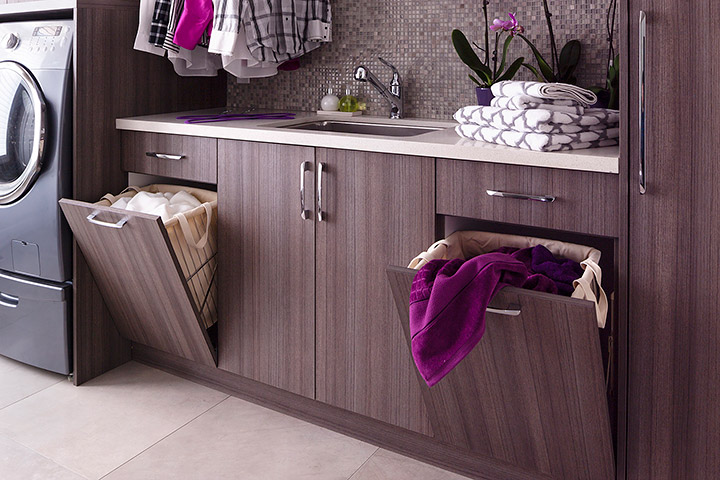
Leave tasks that generate heat like doing the laundry or running the dishwasher until later in the day.
7. Home cooling tips to get a better night’s sleep
When it’s hot and humid, getting a good night’s sleep if you don’t have A/C can be a challenge.
Using more lightweight sheets should help, especially if they’re more breathable linens like cotton or linens that cool such as percale, microfibre, and bamboo bed sheets.
Cooling mattress pads and toppers, in addition to pillows that use cooling gel or are made with bamboo and buckwheat, will further ensure that you get a more restful sleep.
Check the forecast to find out if the temperature overnight is dropping to a comfortable level. If so, open your bedroom windows before going to bed to let out the room’s hot air and to bring some fresh air inside.
Leave your bedroom door open in order to improve the room’s airflow.
If you are running the A/C, try these tips
If you are making use of some of these home cooling ideas while still running your air conditioning, here are four tips to make it run more efficiently:
- Get your air conditioner and furnace serviced regularly (Energy Star recommends yearly tune-ups).
- Change your HVAC air filters a minimum of every three months.
- Have your ducts cleaned every three to five years to maximize the airflow of your HVAC systems.
- Don’t close vents or doors to unused rooms while the central A/C or heat are running. It’s a very common misconception that this is helpful, but it throws off the air balancing in your home for your HVAC systems, which can actually make them work harder.
One more thing you should do is to leave enough space around supply and return vents to improve airflow by repositioning furniture and moving nearby clutter.
Organized Interiors takes this into account when designing our custom cabinetry. To ensure proper ventilation, we add integrated vents to the bottom of any furniture piece that’s positioned over any of your floor or wall vents.
Despite using the above tips, you may still frustratingly find that certain parts of your home (like the top floor) are experiencing temperature disparities when your heating or cooling systems are running.
If having your HVAC systems serviced and your ducts cleaned don’t fix the problem, it may just be that the layout of your home or a less than optimal duct installation years ago are inhibiting the airflow of your HVAC systems.
Get organized and keep your home a little cooler
Remove the clutter from your home that makes it harder to keep your living space cool.
Entrust your organization and storage needs to Organized Interiors, who have been leaders in helping to keep homes in the GTA tidy and clean for over 40 years.
Schedule your complimentary in-home design consultation with us today.
Please share this post if you found it useful.

